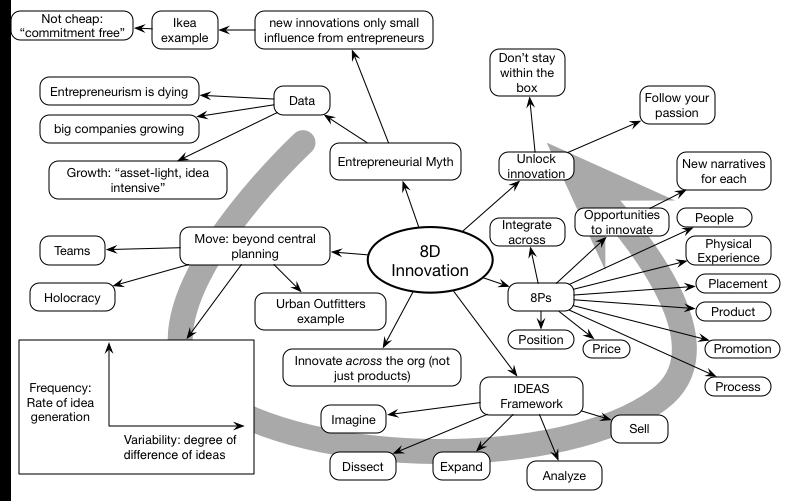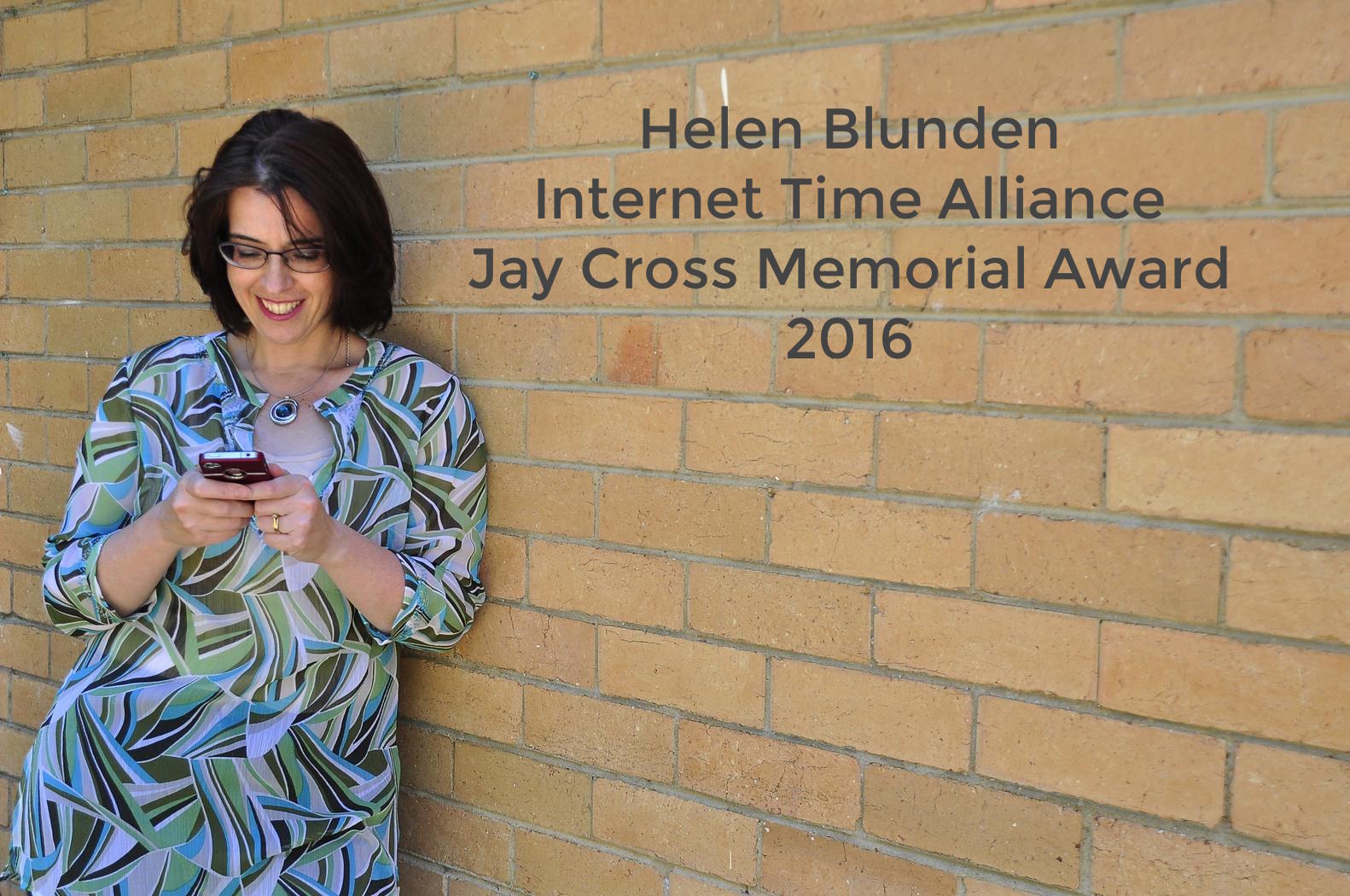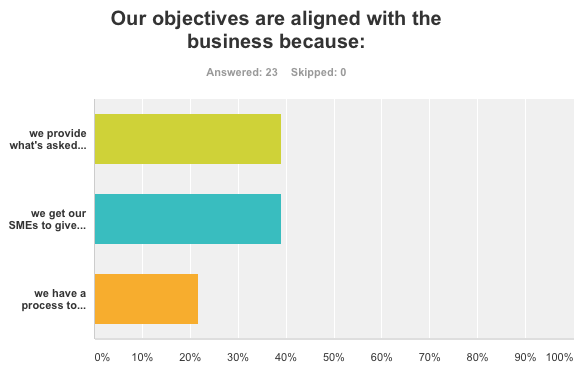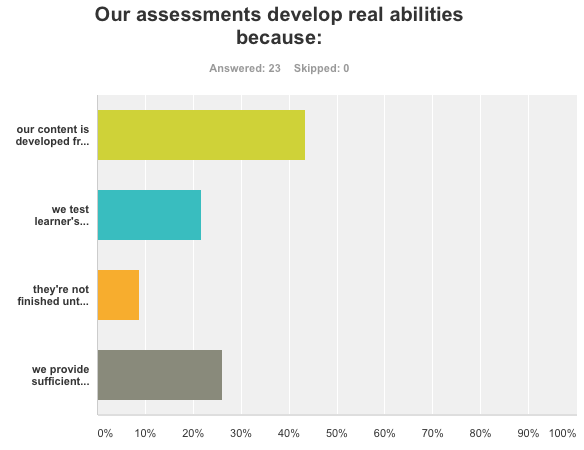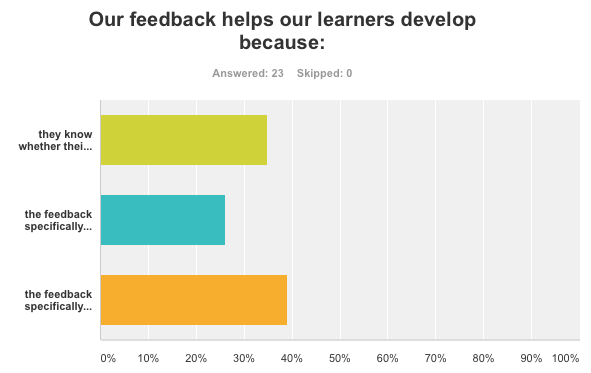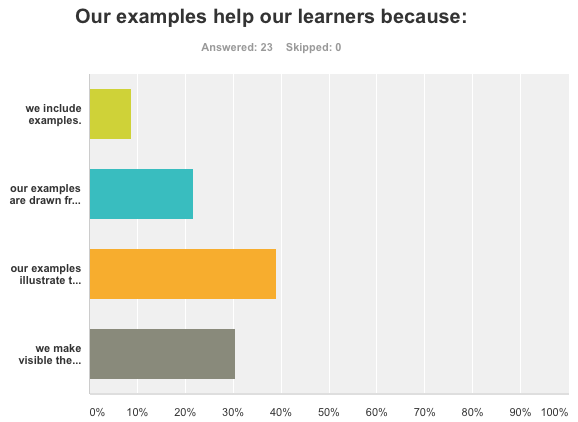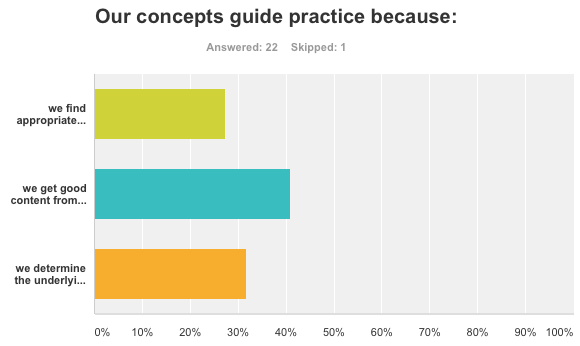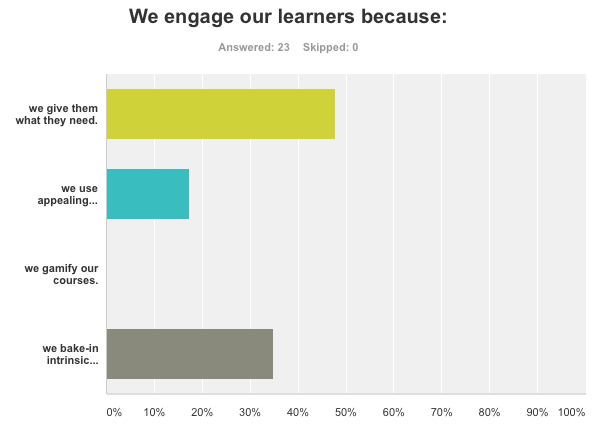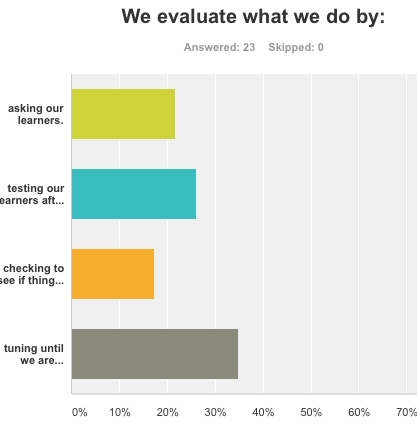At a private event, I had a chance to hear Kaihan Krippendorff talk about thinking differently about innovation. He used an 8P’s model as a framework to illustrate how to think differently.
He started by pointing out that the myth of entrepreneurial innovation is overblown, and that innovation comes from moving outside ‘business as usual’.
In an engaging way, he used several examples for each of the Ps to show how companies succeeded by rethinking around this element (speaking too fast to capture them!).
